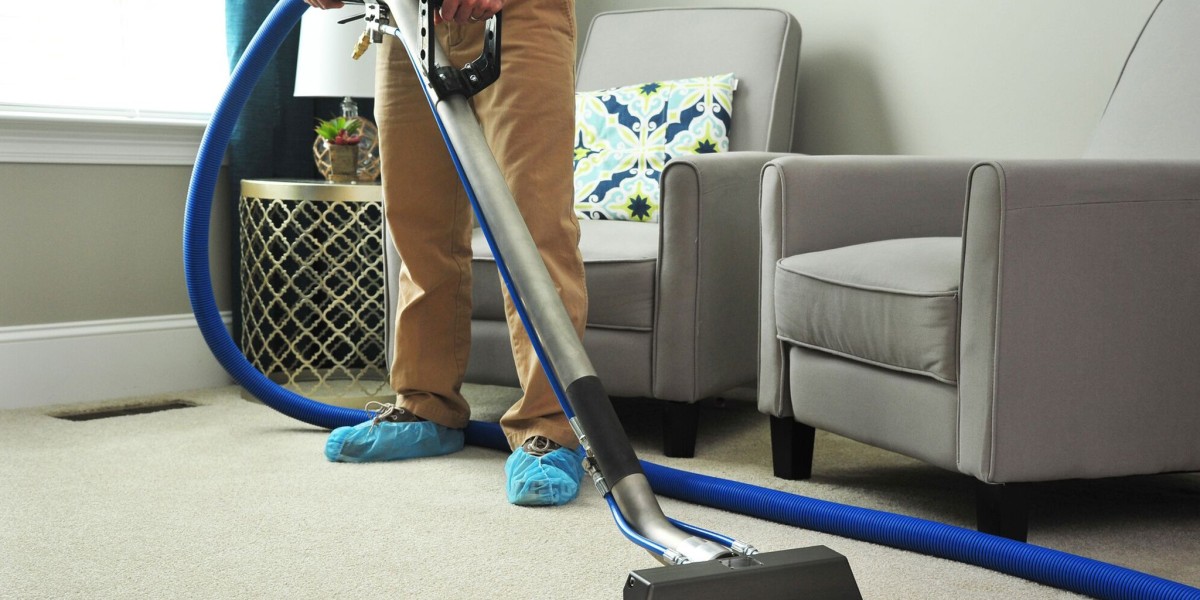Carpets are a staple in many homes and commercial spaces, providing comfort, aesthetic appeal, and warmth. However, with regular use, carpets can accumulate dirt, dust, allergens, and stains, making carpet cleaning an essential maintenance task. This article delves into the art and science of carpet cleaning, exploring various techniques, benefits, and best practices to ensure your carpets remain in pristine condition.
Understanding Carpet Composition
Before diving into cleaning methods, it's important to understand the composition of carpets. Carpets are typically made from synthetic fibers such as nylon, polyester, or olefin, or natural fibers like wool and cotton. Each type of fiber has its own cleaning requirements and resistance to stains. For example, wool carpets are more delicate and require gentle cleaning methods, while synthetic carpets are generally more durable and can withstand harsher treatments.
The Importance of Regular Carpet Cleaning
Regular carpet cleaning is crucial for several reasons:
- Health Benefits: Carpets can trap allergens, dust mites, and bacteria, which can affect indoor air quality and lead to respiratory issues. Regular cleaning helps to eliminate these harmful particles.
- Aesthetic Appeal: Clean carpets enhance the overall appearance of a room. Stains and dirt can make even the most beautifully decorated space look unkempt.
- Longevity: Regular maintenance can extend the life of your carpets. Dirt and grime can wear down carpet fibers over time, leading to premature damage.
- Odor Control: Carpets can absorb odors from pets, spills, and smoke. Regular cleaning helps to eliminate these smells, keeping your home fresh.
Carpet Cleaning Techniques
There are several techniques for cleaning carpets, each with its own advantages and disadvantages. The choice of method often depends on the type of carpet, the extent of the soiling, and personal preference.
1. Vacuuming
Vacuuming is the most basic and essential carpet cleaning method. It should be done regularly, ideally once a week, to remove surface dirt and dust. Using a vacuum cleaner with a HEPA filter can help trap allergens and improve air quality. For best results, vacuum slowly and make multiple passes over high-traffic areas.
2. Spot Cleaning
For spills and stains, spot cleaning is an effective method. Blot the stain immediately with a clean cloth to absorb excess liquid. Then, use a suitable carpet cleaner or a mixture of water and mild detergent to treat the stain. Always test any cleaning solution on a small, inconspicuous area first to avoid discoloration.
3. Steam Cleaning (Hot Water Extraction)
Steam cleaning, or hot water extraction, is a popular method for deep cleaning carpets. This technique involves injecting hot water and a cleaning solution into the carpet fibers, then extracting the dirty water with a powerful vacuum. Steam cleaning can effectively remove dirt, allergens, and stubborn stains. It is recommended to have carpets professionally steam cleaned every 12 to 18 months.
4. Dry Cleaning
Dry cleaning uses specialized cleaning compounds that absorb dirt and stains without the use of water. This method is ideal for delicate carpets that cannot withstand moisture. The process involves spreading the dry cleaning compound over the carpet, agitating it with a machine, and then vacuuming it up. This method is quick and allows for immediate use of the carpet after cleaning.
5. Bonnet Cleaning
Bonnet cleaning is a method often used in commercial settings. It involves using a machine with a rotating pad soaked in a cleaning solution to clean the surface of the carpet. While effective for removing surface dirt, bonnet cleaning does not provide a deep clean and may leave residues if not rinsed properly.
Choosing the Right Cleaning Products
When selecting cleaning products, it’s important to consider the type of carpet and the nature of the stains. Look for pH-balanced, biodegradable cleaners that are safe for your specific carpet type. Avoid harsh chemicals that can damage fibers or leave residues. For eco-conscious consumers, there are many green cleaning products available that are effective yet gentle on the environment.
DIY vs. Professional Cleaning
While many homeowners opt for DIY carpet cleaning methods, professional cleaning services offer numerous benefits. Professionals have access to advanced equipment and cleaning solutions that can achieve results beyond what home cleaning methods can provide. They are also trained to identify the right techniques and products for different carpet types and stains.
Best Practices for Carpet Maintenance
To keep your carpets looking their best, consider the following best practices:
- Implement a No-Shoe Policy: Encourage family and guests to remove their shoes before walking on carpets to minimize dirt and grime.
- Use Area Rugs: Place area rugs in high-traffic areas to protect carpets from wear and tear.
- Regularly Rotate Furniture: Moving furniture around can prevent uneven wear and indentations in the carpet.
- Address Spills Immediately: The sooner you treat a spill, the easier it will be to remove the stain.
- Schedule Regular Professional Cleanings: Plan for professional cleanings every 12 to 18 months, depending on usage and traffic.
Conclusion
Carpet cleaning is both an art and a science that requires knowledge of materials, techniques, and maintenance practices. By understanding the importance of regular cleaning and employing the right methods, you can maintain the beauty and longevity of your carpets. Whether opting for DIY methods or professional services, investing time and effort into carpet care will yield a healthier, more inviting living space. With the right approach, your carpets can continue to provide comfort and style for years to come.






